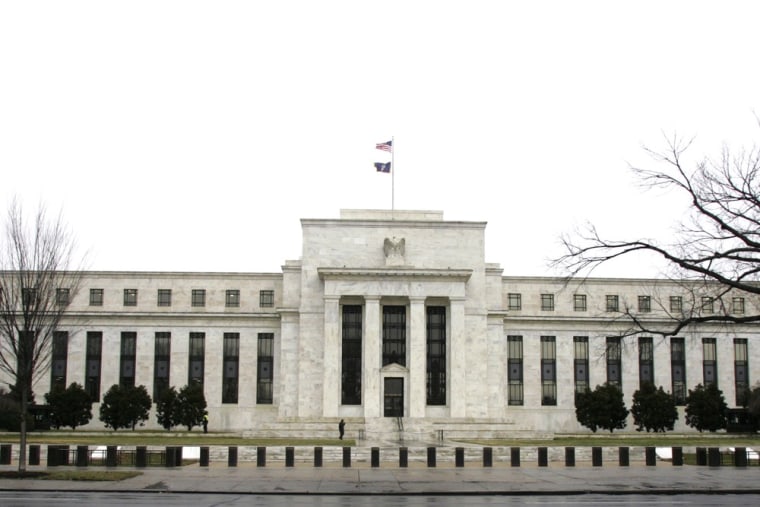Only a few Federal Reserve policymakers thought it would soon be time to "slow somewhat" the pace of the central bank's bond-buying at a meeting last month, while others emphasized patience in deciding when to start to wind down the stimulus program.
But it is mulling a new tool to help it drain cash from the banking system and keep short-term interest rates at their targeted level when it eventually does decide to shift away from its current ultra-loose monetary policy.
Minutes of the U.S. central bank's July 30-31 meeting, released on Wednesday, showed that almost all of the 12 members of the policy-making Federal Open Market Committee agreed a change to the stimulus was not yet appropriate.
Investors are anxiously predicting when the Fed will start to slow its $85 billion in monthly asset purchases.
Stocks sold off following the release of the minutes, with traders apparently looking for clearer signs the Fed would continue its accommodative policies. Shares later erased most of the losses.
Policymakers noted that the U.S. unemployment rate - which stood at 7.4 percent last month - had declined "considerably" since the latest round of bond buying was launched in September, though there was disagreement on the cumulative improvement given, for example, the high number of Americans who had given up the hunt for work.
In the end, the Fed made no formal policy change at last month's meeting, saying in a statement on July 31 that the U.S. economy continues to need support.
During the meeting, Fed policymakers were briefed on the potential for creating a fixed-rate facility for overnight reverse repurchase agreements or reverse repos.
This reverse repo program, if adopted, will complement payment of interest on excess reserves and other tools to help achieve the Fed's interest rate targets, according the Fed's minutes released on Wednesday.
"In general, meeting participants indicated that they thought such a facility could prove helpful," the minutes said.
While they expressed interest in such as program, there was no timing indicated when policy-makers might decide on such a reverse repo facility.
In an overnight reverse repo transaction, the Fed would sell a Treasury bond to a U.S. primary dealer or a large money market fund and then would buy it back the next day. The transaction temporarily takes cash out of the banking system, while the dealer or fund earns interest on the reverse repo.
CNBC senior writer Jeff Cox contributed to this report.
